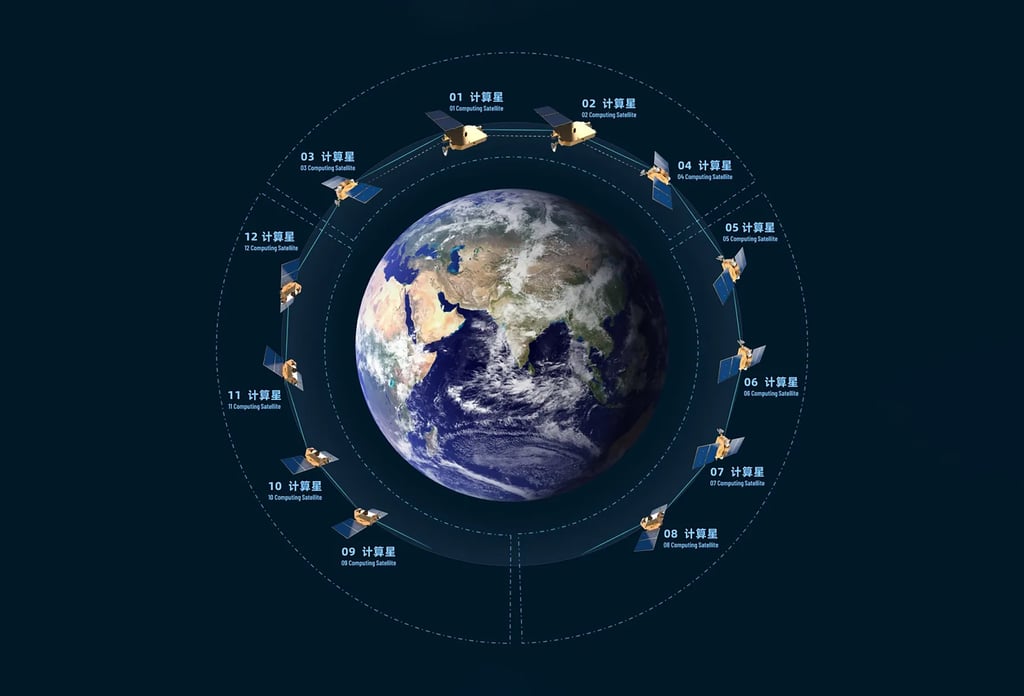Twelve satellites, each equipped with intelligent computing systems and inter-satellite communication links, were sent into orbit aboard a Long March 2D rocket from the Jiuquan Satellite Launch Centre around noon on Wednesday, according to state-owned Guangming Daily.

They are part of the Three-Body Computing Constellation, space-based infrastructure being developed by Zhejiang Lab. Once complete, the constellation would support real-time, in-orbit data processing with a total computing capacity of 1,000 peta operations per second (POPS) – or one quintillion operations per second – the report said.
By comparison, the new El Capitan system at the Lawrence Livermore National Laboratory in California, which was the world’s most powerful supercomputer last year, achieves over 1.72 peta operations – or 1.72 quintillion operations per second.
Jonathan McDowell, a space historian and astronomer at Harvard University, said the idea of cloud computing in space was “very fashionable” right now.
“Orbital data centres can use solar power and radiate their heat to space, reducing the energy needs and carbon footprint,” he said.
China, the United States and Europe could be expected to deploy such orbital data centres in the future, McDowell said.


